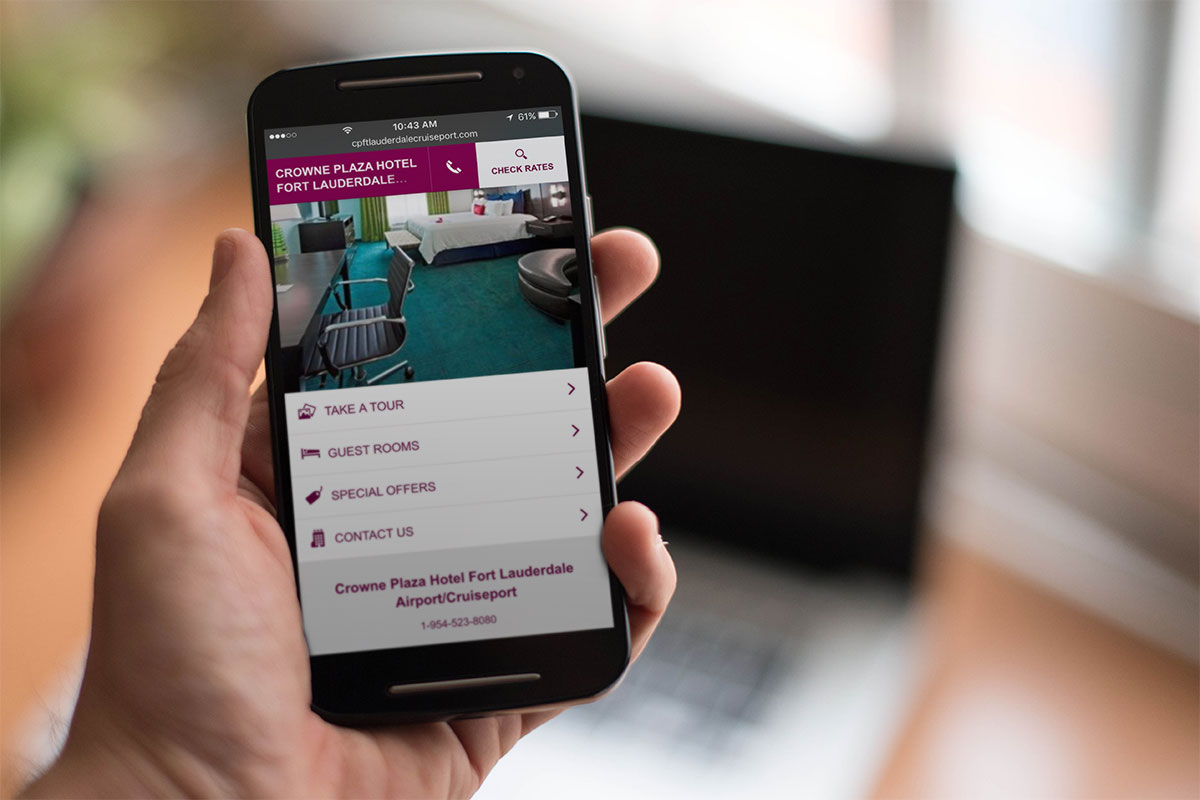We are living in a mobile-first world. Google has gone all-in on mobile-first indexing, because they know that our mobiles are the first things we reach for in the morning.
In May of 2021, Google will roll out their biggest update in years, The Core Web Vitals. Like most of their updates in recent years, it will seek to reward the websites that are offering their users the best possible mobile experience.
To ensure you’re ready for this update (and the ones after that), make sure you remove the following things from your mobile site.
1. Giant Blocks of Text
You need to walk a tightrope when you’re adding content to your mobile site.
You have a much smaller screen to work with. But you can’t simply remove all of the text. You still need enough written content (including links and keywords) for Google to crawl.
So how are you supposed to cram all of that content into a small layout, without crowding the mobile screen?
“We’ve discovered that dropdown FAQs are an effective way of getting enough keywords and content on a page,” said Paul Teitelman, SEO expert and owner of Paul Teitelman SEO Consulting.
“The content is still there and it’s still crawlable by Google, but the user doesn’t see it unless they want to.”
2. Absolutely Anything Slowing You Down
Did you know that the likelihood of a user bouncing from your site increases by a whopping 32% as your page load time goes from 1 second to 3 seconds?
A site’s load speed has always been an important part of your conversion rate optimization (CRO). But speed is also important in the world of SEO and it’s an important ranking signal.
The Core Web Vitals update will make speed even more important, and bring 3 new key speed metrics to the table:
· Largest Contentful Paint (LCP): The time it takes for a page to fully load
· First Input Delay (FID): The time it takes for a page to be clickable
· Cumulative Layout Shift (CLS): The time it takes for a page to stop shifting unexpectedly
There are a number of tools you can use to measure these indicators. Find out where your site may be lagging, and then remove anything that may be slowing you down.
3. Awkward Interstitial Ads
To be clear, you are still allowed to use interstitial ads to support your various campaigns. However, these ads cannot be so big or overpowering that the user can’t easily click the ad away and return to the page.
Be sure to carefully follow Google’s interstitial guidelines and make any required changes.
This mobile-first world means that your mobile site needs to be your first priority. That means mobile-first planning. A well-optimized mobile site is now an absolute must in the world of SEO.
Remember, less is certainly more. Audit your mobile experience and remove anything that’s slowing you down!
